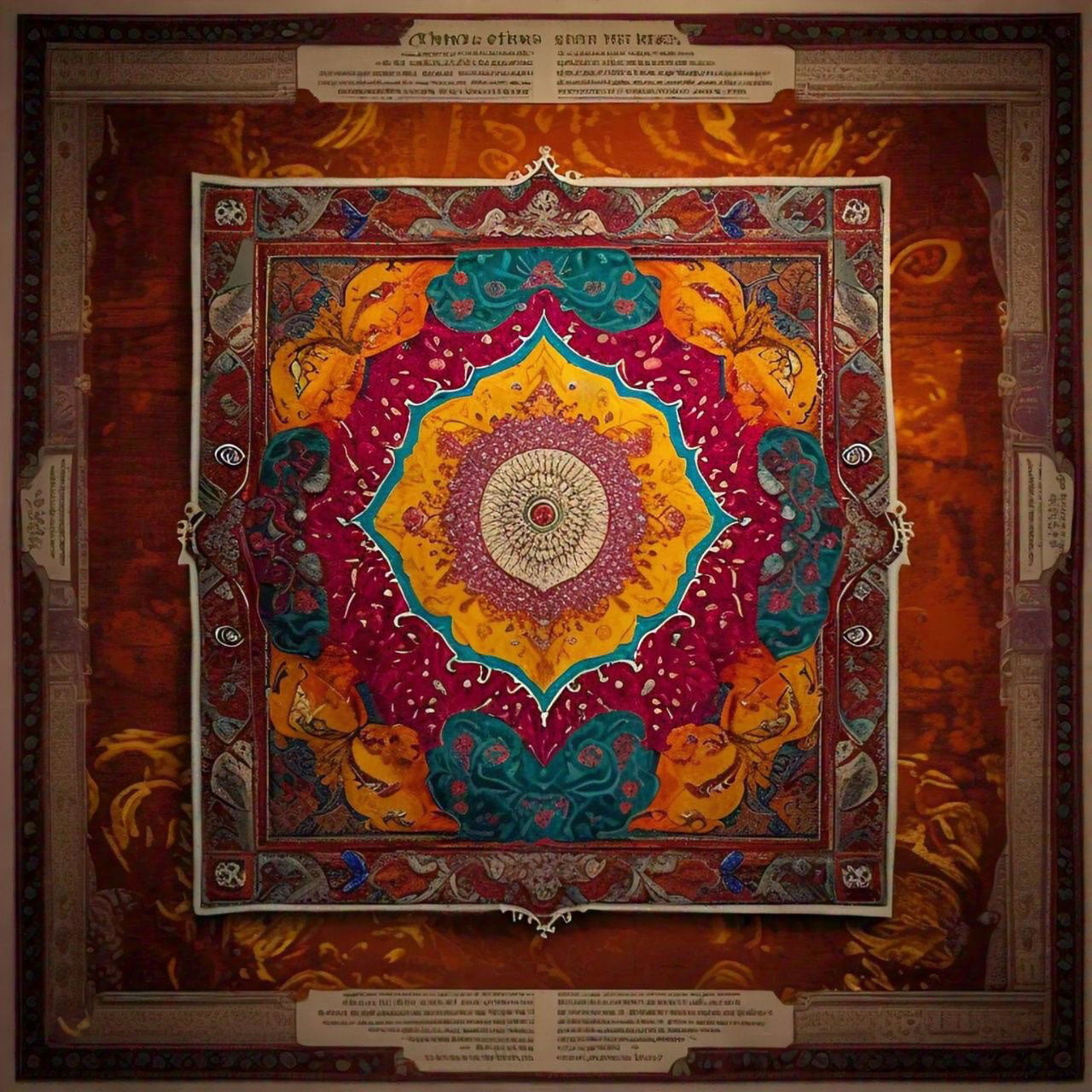Introduction to Indian Carpet History

Indian carpets have long been celebrated for their exquisite craftsmanship, intricate designs, and rich history. These luxurious textiles are not merely decorative items but embodiments of a rich cultural legacy that spans centuries. This blog takes you on a journey through the evolution of Indian carpets, from their ancient origins to their esteemed place in modern interiors.
Historical Overview
Carpet weaving in India dates back to the 16th century, flourishing under the patronage of the Mughal emperors. The Mughal era marked the golden age of Indian carpets, blending Persian influences with indigenous artistry to create masterpieces that were both beautiful and symbolic.
Mughal Influence
The Mughal emperors, particularly Akbar the Great, played a pivotal role in nurturing the art of carpet weaving in India. Akbar established workshops known as "karkhanas," where skilled artisans from Persia, Central Asia, and India collaborated to produce carpets that combined Persian motifs with Indian floral patterns. These carpets were characterized by their elaborate designs, vibrant colors, and intricate details, reflecting the grandeur of the Mughal court.
Colonial Period
The advent of British colonial rule brought significant changes to the Indian carpet industry. The British influence introduced new techniques and materials, leading to a fusion of traditional and contemporary styles. During this period, Indian carpets gained popularity in European markets, and their export became a significant industry. Despite the challenges of colonial exploitation, Indian artisans continued to innovate, ensuring the survival and evolution of their craft.
Post-Independence Era
Post-independence, India saw a resurgence in traditional crafts, including carpet weaving. Government initiatives and cooperatives helped revive this heritage art, promoting both traditional designs and modern adaptations. Today, Indian carpets are renowned worldwide, appreciated for their craftsmanship and cultural significance.
Famous Regions in India Known for Carpet Weaving
Kashmir
Kashmir, nestled in the northernmost part of India, is famed for its luxurious silk carpets. Kashmiri carpets are distinguished by their intricate patterns, delicate craftsmanship, and use of high-quality silk. Traditional designs often feature floral motifs and natural elements, reflecting the region’s breathtaking landscapes. The painstaking hand-knotting process, often involving tens of thousands of knots per square inch, results in carpets that are both beautiful and durable.
Rajasthan
The vibrant state of Rajasthan is another hub of carpet weaving, particularly in the cities of Jaipur and Bikaner. Rajasthani carpets are known for their bold colors, geometric patterns, and traditional motifs inspired by local art and architecture. Wool is the primary material used, and the weaving techniques vary across different regions, each adding a unique touch to the final product.
Uttar Pradesh
Uttar Pradesh, especially the towns of Bhadohi and Mirzapur, is a significant center for carpet production. The carpets from this region are typically made from wool and feature a mix of traditional and contemporary designs. Bhadohi is often referred to as the "Carpet City of India," producing a substantial portion of India's carpet exports. The designs range from intricate Persian-inspired motifs to simpler, modern patterns, catering to a diverse global market.
How Heritage Adds Value to Modern Interiors
Cultural Significance
Owning an Indian carpet is not just about luxury; it is about preserving a piece of cultural heritage. Each carpet tells a story, woven into its patterns and colors. The motifs used often have historical and cultural significance, making each piece a unique work of art that connects the past with the present.
Aesthetic Appeal
Traditional Indian designs can seamlessly blend with modern interior decor, adding a touch of elegance and sophistication. The rich colors and intricate patterns of Indian carpets can serve as focal points in contemporary settings, creating a harmonious blend of old and new. Whether placed in a living room, office, or boutique hotel, these carpets enhance the aesthetic appeal of any space.
Investment Value
High-quality, handmade carpets are valuable investments. Their durability ensures they last for generations, maintaining their beauty and integrity over time. As vintage pieces, they can appreciate in value, making them not just decorative items but also financial assets.
Conclusion
The rich heritage of Indian carpets is a testament to the skill, creativity, and dedication of the artisans who create them. These carpets are more than just floor coverings; they are pieces of history, culture, and art. By incorporating Indian carpets into your interiors, you are not only enhancing the aesthetic value of your space but also preserving a precious cultural legacy.
Call to Action
Explore our exquisite collection of Indian carpets and bring a piece of this rich heritage into your home. Visit our or contact us for more information on how to add these timeless pieces to your interior design projects.